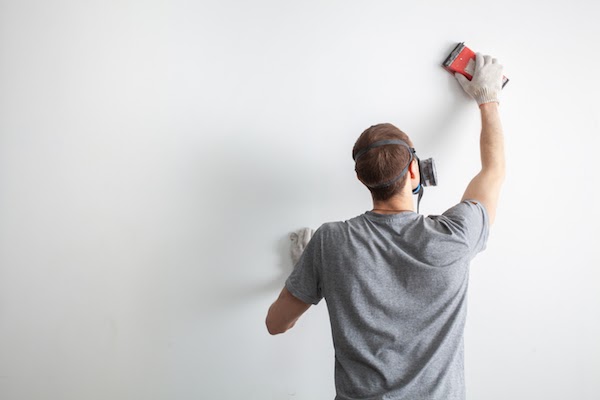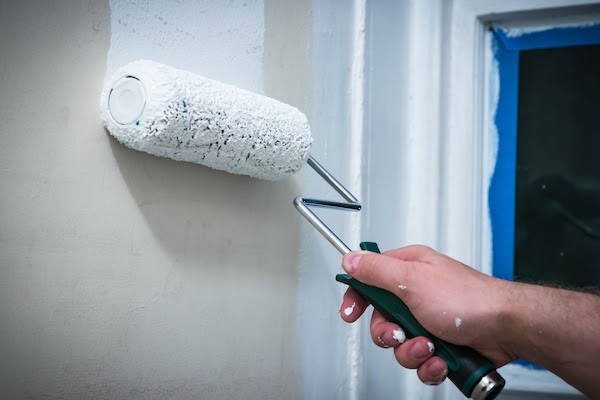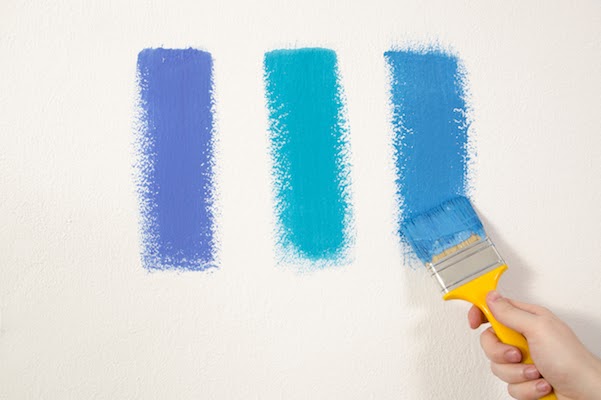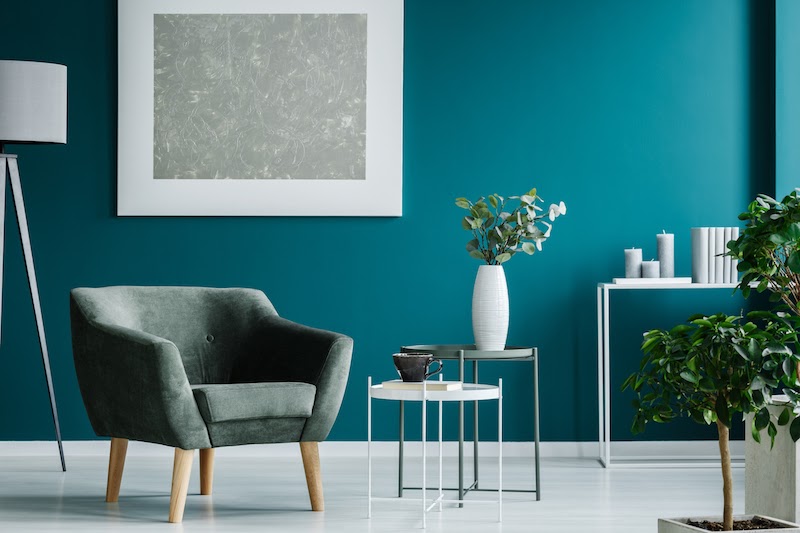No matter how big or small your interior paint project is, you want to make sure you get it right the first time. Hiring a pro will certainly put your worries at ease, but be sure you are working together to successfully complete the job. Learn about the common mistakes made when having an interior painted below. This way you can avoid making them when it comes time to complete your project.
Incomplete Prep Work

Before the paint even hits the wall, you want to make sure that the surface and surrounding areas have been properly prepped. This includes washing, sanding, or scraping any surface to ensure that it is left smooth with no marks prior to painting. If walls are left untreated the surface will absorb too much of the paint or repel the paint. Either way, the paint will not stick to the surface as planned and you will have to have the job redone.
Other prep work includes using painters tape to tape off trim and floor/baseboards. You will also want to cover any furniture or windows. Paint can splatter easily, especially when having your ceiling painted. By covering all furniture and using appropriate drop sheets, stains on your furniture can be avoided.
Forgetting Primer

Once all the prep work is complete, you may ask yourself if you really need to use primer. Yes, you do. The answer is always yes. Never skip out on primer. Primer ensures that your surface is coated to allow the paint to stick and have the true colour come through. Without the use of primer older colours may bleed through. The surface may absorb the paint, not allowing the true colour to come out.
If your surface has been painted in the past, the two-in-one paint and primer could be a suitable option, but your safest bet for the best results is to use the classic primer first.
Using the Wrong Paint

Some paints are more suitable for different surface areas. For high traffic areas, that experience more wear and tear, you’re going to want to use a more durable finish or washable stain. If you’re painting your kitchen or bathroom, a moisture-resistant paint will prevent any bubbling paint and moisture problems in the future. If you are painting a piece of furniture, or cabinets that are wooden, be sure you are applying the right type of paint to avoid any cracking or peeling. Consult with a pro to ensure that you are applying the right paint on the appropriate surface.
Picking the Wrong Colour

The worst thing that could happen after you have completed painting is being disappointed with the colour. There’s an easy way to ensure that you are applying the colour that you want. Get samples of multiple colour options and apply a small area to your wall. This will allow you to see what the colour will look like after it has fully settled and dried.
Be sure that you are happy with your final decision before any painting begins. If you are unsure of what colour you like, a designer can help you pick a suitable palette for your home.
Accidents happen all the time. Something as simple as knocking over a can of paint can leave your floor or carpet stained forever. Be sure that proper prep work is completed, avoid skipping steps, and be confident in your colour choice. Hire a pro and work together to ensure that your final product is everything that you wanted! For more tips on how to hire a painter, check out our 4 tips.
